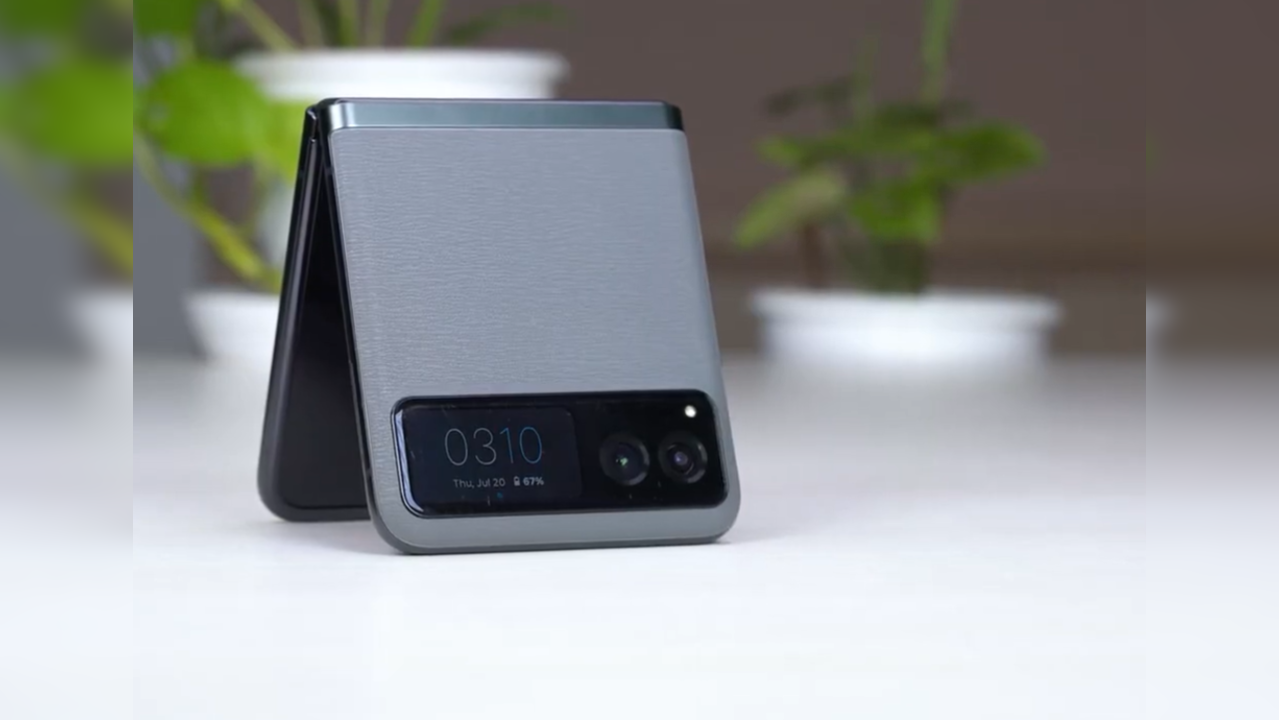Global smartwatch shipments grew 35 per cent year-over-year (YoY) in Q1 2021, according to Counterpoint Research’s recently published Global Smartwatch Model Tracker.
According to the report, Apple topped the charts in terms of market share with a 33.5 per cent market share. It recorded a 50 per cent YoY increase in the demand for the new Series 6 models. It was followed by Huawei with an 8.4 per cent market share. However, Huawei continued to lose share compared to a strong quarter a year ago.
Also read: Redmi Note 10S, Redmi smartwatch launched in India
Samsung came in third with an 8 per cent market share. The company’s shipments also increased 27 per cent YoY owing to the popularity of the Galaxy Watch 3 and Galaxy Watch Active series.
It was followed by BBK and Fitbit with a 5.1 per cent and 4.2 per cent market share, respectively.
Senior Analyst Sujeong Lim said, “Apple was able to further solidify its leadership position in the market by widening the portfolio from Watch SE to Series 6 at the right time. This may drive Samsung to launch a mid-price-tier model to boost growth.”
“Huawei continued to face headwinds because of the declining smartwatch sales and how well Huawei watches are optimised for its smartphones. Will be interesting to see when Huawei launches its first watch based on Harmony OS, as it hinted at the Huawei Analyst Summit last month. This should kickstart a new ecosystem for developers to build experiences for the wrist. But it will warrant a Harmony OS phone as well for the complete experience. HONOR, spun off from Huawei, should open up new opportunities for players such as Google and Qualcomm,” added Lim.
Smartwatch OS
In terms of smartwatch OS platforms, Apple’s WatchOS continued to lead the market, capturing over a third of the market with a 33.5 per cent market share, thanks to its base of a billion iPhone users.
In comparison, Google’s Wear OS has not yet achieved such success in smartwatches, Counterpoint said. It garnered a 3.9 per cent market share as most of the major smartwatch brands have developed and installed their own proprietary OS (like Fitbit OS, Tizen and Garmin OS).
Also read: Fire-Boltt BSW001 smartwatch review: A fitness band that can measure oxygen levels
As per the report, the trend is likely to change soon considering the Google-Samsung partnership announced at the Google I/O last week. Google will integrate Tizen OS with Google Wear OS.
Lim said, “Hopefully, Google’s new Wear platform will be shipping in the next generation of the Galaxy Watch series in late fall. It will be good for the companies involved. The focus would be to not only improve performance, such as battery life, but also improve on the AI, newer apps and services, and integration with Android smartphones. Samsung will also be able to better target the broader Android smartphone user base. With the completion of the acquisition of Fitbit, Google should be able to enhance the Wear platform with ‘fitness’ capabilities and services integration, moving forward.”
Vice President Research Neil Shah said, “This is a great move by Google to accelerate its ambitions for the wearables space. It can build a robust portfolio of Wear devices integrating the best of all the three worlds – Tizen OS, Wear OS and Fitbit OS. The consolidation brings more power to Google’s Wear platform and will attract more developers to build newer experiences for the wrist.”
“Wearable devices and services are going to become important for companies such as Apple, Google, Facebook and Amazon as they increasingly expand their reach in healthcare, pharmaceutical and insurance verticals directly or indirectly,” Shah said.
“Further, the addition of advanced voice AI and ML capabilities on these devices will make wrist as one of the key segments technology companies will go after this decade before adding eyes/brain-based advanced wearable devices to the mix,” Shah further added.
Global smartwatch shipments grew 35% YoY in Q2 2021: Report - BusinessLine
Read More

No comments:
Post a Comment